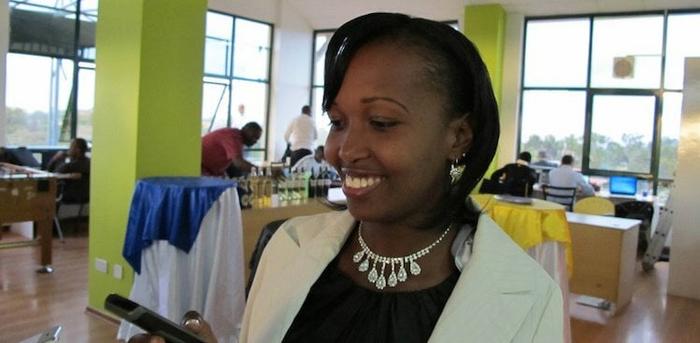
Your former colleagues and supervisors are a certifiable networking goldmine: They know your background, they work in your sector, and they have their own set of professional contacts. They can put a good word in for you at a new job, write you a letter of recommendation for grad school, and introduce you to new contacts and opportunities. And at the very least, they can confirm to a potential employer that you performed tasks X, Y, and Z at Corporation ABC.
So why are we so bad at staying in touch? Well, because it takes time, and because it can be awkward—if you don’t have a particular reason for reaching out, it can be hard to know when and how to do so. But periodically touching base, even when you’re not job-searching, means that when you do need to ask for a letter of reference or contacts in a new state, it won’t seem self-serving and out of the blue.
To help you out, we’ve come up with five easy ways to stay in touch with those old co-workers. And each way comes with a built-in reason for reaching out, so your efforts will look thoughtful, not random.
1. Holiday Cards
You can say “Best Wishes for the New Year” to anyone. It’s collegial, it’s professional, and it’s on your holiday to-do list anyway. Added bonus: Think about how you feel when you receive a holiday card—like someone really cares about staying in touch with you (at least once a year).
The most professional choice is a non-denominational card (unless you’re certain about what tradition he or she personally observes) that steers clear of humor, which can be seen as offensive.
2. Major (Personal) Life Events
Are you moving and mailing change of address cards? Are your name and email changing post-marriage? Send a “here’s my new contact info” note to your old colleagues and bosses as you would to your friends and family. When you share that you’re getting married, going to grad school, or pursuing your life-long dream of traveling abroad and writing that novel, it not only shows that you’re interested in staying in touch, it fosters the personal aspect of your professional connection.
3. Major (Professional) Life Events
Did you just change jobs or get a promotion? Let your old bosses know, and thank them for the experiences they’ve given you that helped you get to this point. You can do this for non-job-change accomplishments, too. For example, if you’ve been chosen to throw a major event, send a note to the effect of “I'm running a 500-person event, and it reminded me when you gave me a shot at throwing my first gala.” If you’re in the same city, even better if the note is enclosed with an invite.
This can work both ways, too—if you hear that a former colleague has changed jobs or won an award, send her a “Congrats” card or email.
4. Articles of Interest
When you come across articles about industry trends or an issue a former colleague worked on, shoot over an email with a quick note saying “thought this may be of interest.” (Note: this is not the time to send cat photo tumblrs or the article about Carrie Underwood’s ah-mazing legs.) Think something to the effect of: “Just saw you updated the company’s Facebook page to the Timeline, and thought of you when I read this Mashable article.” Remember to balance the relevance and usefulness of the article with your desire to stay in touch.
Timing-wise, aim to send something quarterly—shooting over articles weekly may come off as a nuisance, whereas sending them once a year may seem like an afterthought. Though, keep in mind it may be difficult to follow an exact timeline. Two excellent articles may come out in April, and you might not see anything worth sending in June, July, or August.
5. Social Media
LinkedIn, Twitter, and Facebook are obvious ways to stay in touch, but which are appropriate for former bosses and colleagues? Here’s a good rule of thumb: If you had relocated but were in town for a few days on business, would you meet the person for a professionally-dressed coffee to talk shop, or at a bar to gab over a few margaritas?
If it’s the former, connect over LinkedIn (and Twitter, if you keep your account professional). If it’s the latter, and you see this person equally as a friend and colleague, you can add them on all three. Just remember—only do so if you’d actually want to see photos of their wedding or kids’ birthday parties or hear their political views in real life.
A final note: You definitely don’t have to use all these tricks for all of your contacts. Think about your desired relationship with each person (Friend? Mentee? Recommendable former employee?) and your goal (Simply staying in touch? Broadening your base of professional contacts? Hanging out when you visit?) and decide on your approach from there.
And if it’s been five years since you’ve talked to these people? That’s okay. Start with a “Hey, here’s what I’ve been up to” note or a holiday card this December.